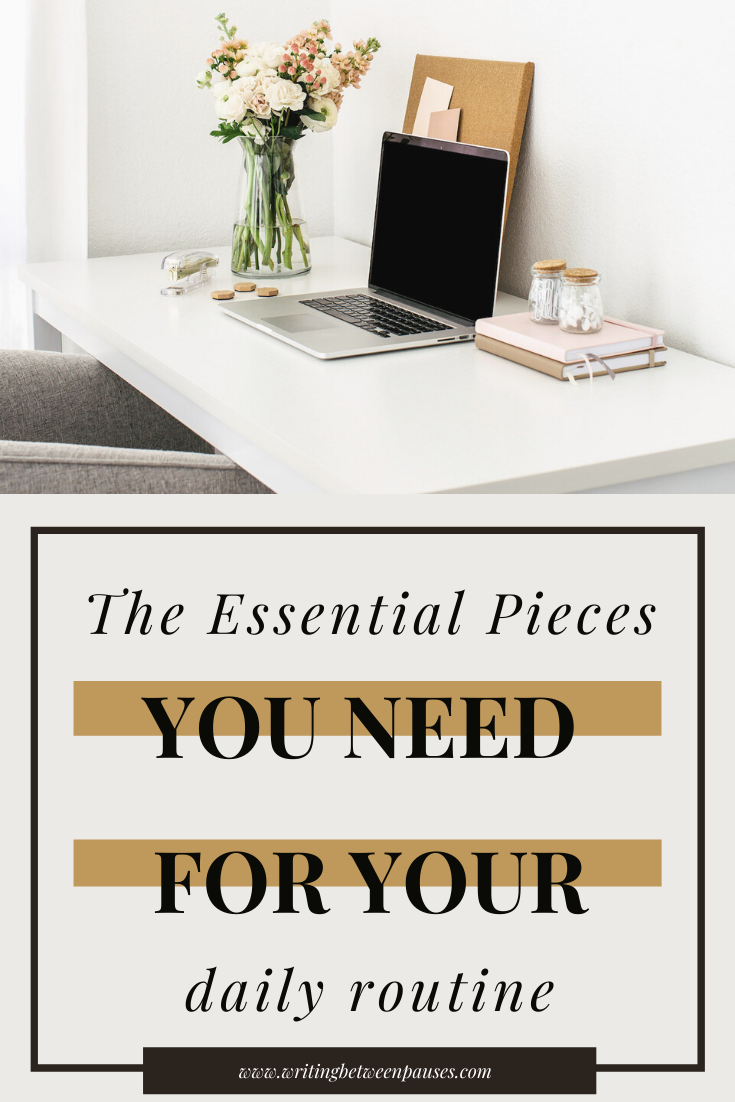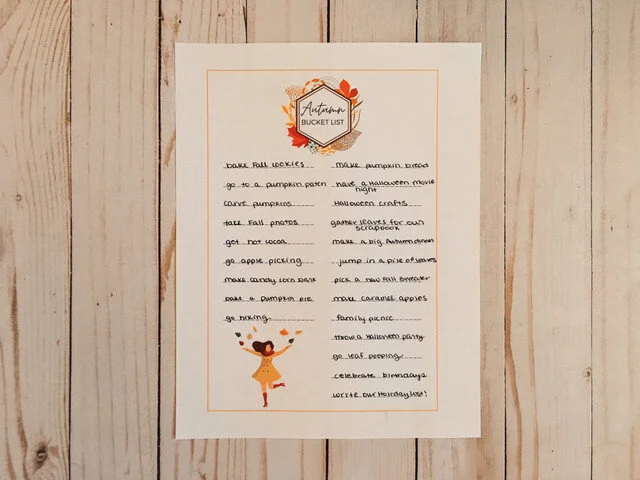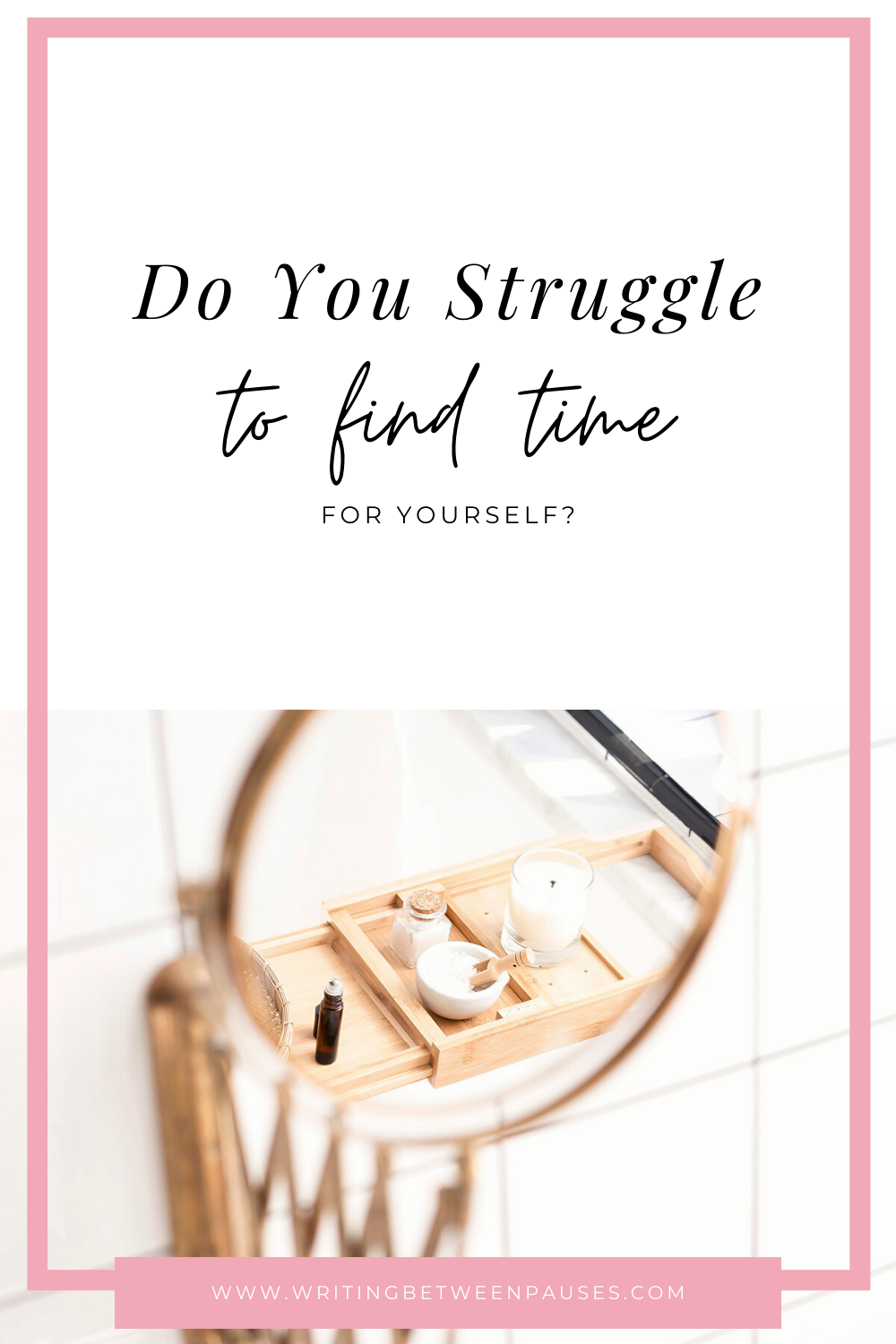Welcome to the Diversifying Your Skills series! Learning new skills in your life and career can be really rewarding—but challenging at the same time. What does it mean to realize you’re missing a skill for your career or, worse, life? How can you best learn new skills? I’ll be answering those questions and more in this weekly series.
When I first started freelancing, I knew there were a few skills I had that set me apart from other freelancers or would simply make me an appealing person to work with. They were the fact that I was organized, knew how to set up and run a project, and was an expert in my field (even if I don’t always feel like an expert in my field). However, there were a few skills that I knew I didn’t have.
That meant I had to learn them.
These skills are important to freelancing, and really to any job, but I just didn’t have them; they included things like networking, bookkeeping, and client management. Learning these huge, new skills took time, effort, and dedication. But I knew I needed them.
As time has passed, I’ve realized that constantly learning new skills, or adjusting what I already know, is a major part of my life and my career. There will always be things we don’t know. But not knowing isn’t an excuse not to learn, not to try, or to give up.
If you’re reading this post, then you’ve probably asked yourself “Do I need to learn new skills right now?” at least once. Let’s break down why learning new skills for our lives or career isn’t a failure, what learning new skills is super valuable, and what else I’ll be covering in this weekly series for September!
What It Means to be a Lifelong Learner
Learning doesn’t stop the moment we turn 18. Or the moment we graduate college. Or when we’re 10+ years into our jobs.
We’re all constantly learning. (And if someone isn’t learning new things every single day, or just refusing to learn new things, well, then, I have some feelings about that and I’m sure you do too.)
On the internet, it feels like everyone is an expert. No one feels like a beginner or someone who is just learning. Influencers position themselves as experts on things (parenting, skincare, home decor), but are they really? You should always question someone who says they are, unequivocally, an expert. Why? Because even experts (and at this point in my career, I’d say I’m expert-level in my knowledge of 2 things: blogging and social media) admit freely that they are learning new things every single day.
Being a lifelong learner means staying curious about things, even unrelated to your career, or hobbies, or life. It means asking questions when people talk to you (because you want to know more and learn!); it means reading articles, seeking out new information, talking to people about solving issues.
Being a lifelong learner doesn’t mean you’re in school all the time; it just means that you’re always trying to improve your knowledge, your outlook, and your life.
The Value in New Skills
When I had my son, I didn’t know how to breastfeed. Even 4 weeks later, visiting a lactation consultant, I realized that part of the reason I never successfully latched my son was because no nurse during our 7-day hospital stay explained to me what I was supposed to be doing. They always just said, “Ok, let’s try to latch him” then just watched my struggle and not know what to do for 20 minutes before sighing and holding out a bottle. (This did wonders for my self esteem!)
There is always something new for us to learn. Something that other people can teach us. When you see someone struggling, there is always a question if you should say something. If you see a new mom struggling to successfully latch her new baby, should you say something? (I’m on the side of YES you absolutely should!) If a new coworker doesn’t know how to use the coffee machine in the break room, should you show them? Yes. If you would want to be taught these things, you should be willing to help others.
Sometimes, learning something new can feel frightening, difficult, or overwhelming. Or sometimes, we end up learning a new skill that invalidates lots of our old ones. (For example, I know Hootsuite like the back of my hand—but because it no longer offers a full suite of scheduling tools to free subscribers, I don’t recommend it or even use it. Working with small businesses has taught me that scheduling tools are far too expensive and it invalidates a lot of my agency-level knowledge.)
Always think of yourself as a lifelong learner, someone seeking value in learning new things; there will probably never be a point in your life where you know everything.
What Comes Next?
So what now?
You know you need to learn new skills—either for your job, or your hobby, or something you want to achieve.
So where do you start?
I’m glad you asked! This month, I’ll be sharing a post every weekend about learning new skills: what skills you need for freelancing, the best places to learn new skills, and much more. I hope you find it valuable! Don’t forget to sign up for my newsletter going out at the end of the month for exclusive content.



























